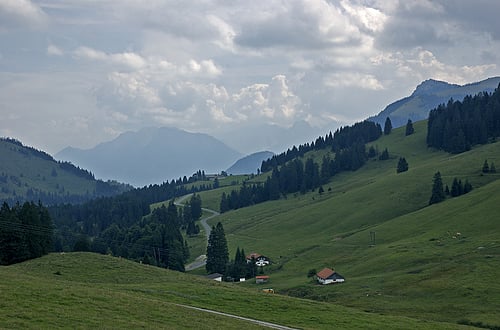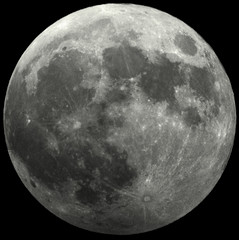
 Photo by Steve A Johnson
Photo by Steve A JohnsonEvery heard of the Labyrinth with the Minotaur from Greek Mythology? Well that may certainly be a story of myth, but labyrinths and mazes are very much real.
Labyrinths and Mazes have been around for many centuries and they are basically the same thing. They labyrinths and mazes are both complex twisting formations of paths that normally only have one entrance and one exit. Many times it was the same place as you had to find your way to the center and then find your way back out through the same path.
Labyrinth comes from a word that was used in Greek Mythology to describe the prison that housed a half-man and half-bull creature called the Minotaur. This is not it’s only meaning though, it’s often times used as a religious term or for symbolic structures. “Maze” is actually an English word that is derived from the word Amazed. This is the reason it was often times used to describe grand structures used for entertainment, for example, the maze at Hampton Court Palace in England.
Unbelievable Mazes
Mazes built for entertainment first appeared in the 1500s and were only on the grounds of royal palaces in France and England. The most famous of these was in the late 1600s in Versailles, Paris, sadly it no longer exists today.
The fore mentioned Hampton Court Palace is today’s most famous maze structure in London, England, this structure however still remains. This maze is actually designed as a practical joke and is made with hedges to will reach over your head. It is consumed with dead ends and indirect routes to the center. Just outside of this there is a tall chair which will allow a clear view so anyone that gets lost may be given directions to their freedom.
Origins of Labyrinths and Mazes
King Solomon is actually known as the inventor of labyrinths according to popular Christian beliefs. The the Mahabharata from India is attributed to Drona the magician. Although these are not the oldest known labyrinths, they are amongst the most well known.
Some of the earlier labyrinth designs were very simple normally with just a single twisting path which only contained one path to the center. Many of these types of labyrinths are still found all over the world like ones in India, Indonesia, North Africa as well as in America and Europe. Some are square while others may be round in formation. Most of these though are merely patterns formed on the surface of the ground rather than high hedges like at Hampton Court Palace.
Most of the simpler labyrinth patterns and mazes were created not to confuse and frustrate people. But they were created symbolically to draw people into the calm center and then allow them to be released back into the outside world.
Sacred Labyrinths and Mazes
The more complicated labyrinths and mazes were usually created with a sacred purpose in mind. They were created as puzzles that had to be solved and often times were meant to draw in the devil and leave him trapped and lost.
More symbolically they were designed to replicate the tough journeys through life that we all face leading only to a certain and unknown death or enlightenment. Some believe they may represent the unconscious mind and the journey taken to reach the center is also a journey to discovering yourself. Many cultures actually used them for processions, rituals and even games.
Some churches and cathedrals created mazes in the floors to represent the pilgrimage to the Holy Land. For some Christian believers the maze was a place to crawl through on your hands and knees as you worked your way through in search of forgiveness for your sins.
So when life gets complicated, just remember how labyrinths and mazes have been used to help people find serenity and understanding of their lives. Sometimes life can throw us many curve balls, but if we follow the philosophy of the mazes and labyrinths we will always find our way.



Such a nice information you have posted … thanks for posting it… it helped us a lot us lot… thank you
You’re welcome, thanks for the kind words.
wauuuu….nice post …… and interesting post…. kep going like that
Thank you, I’ll try to keep the momentum 🙂
nice information i have learn now more
Great! Thanks for stopping by.